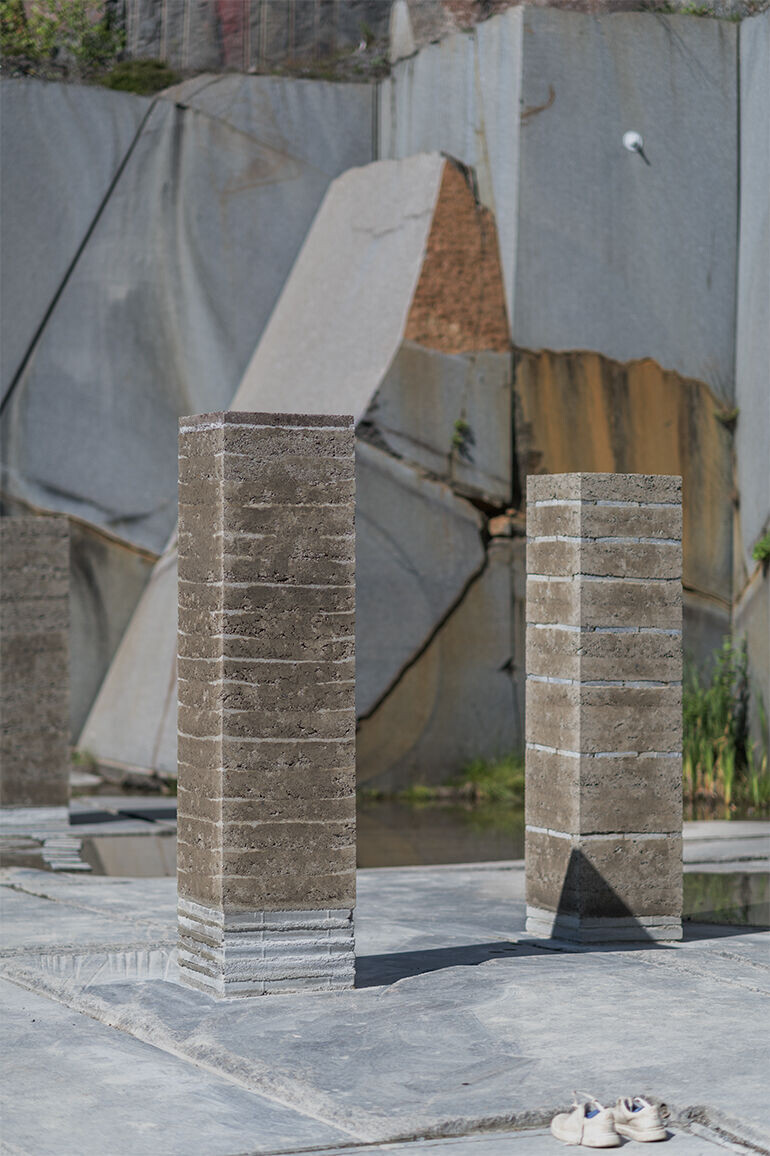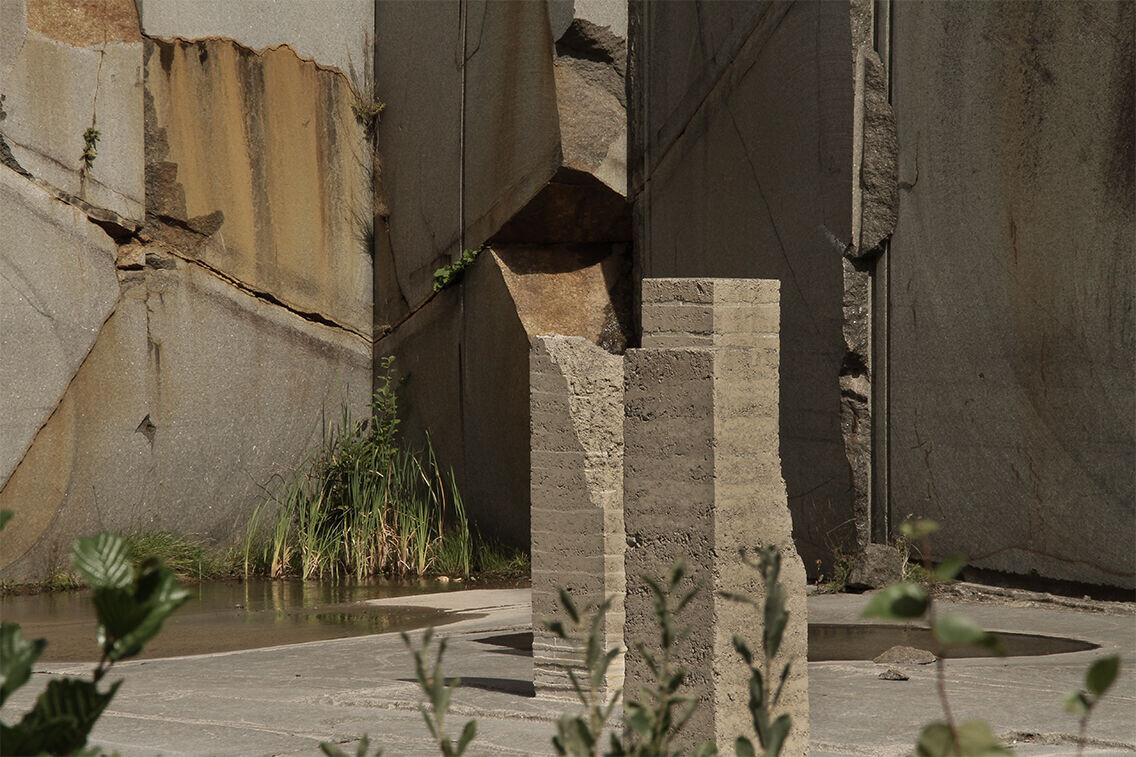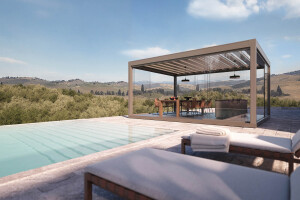ACT! with Rikke Winther, together with Ask Holmen and CLAYA won the first place of the international open call of the Færderbiennale 2024 (dance and architecture festival), and designed and built the architecture installation ‘Borrowed land’.
‘Borrowed land’ explores the relationship between the built environment, climate crisis, and environmental degradation. Central to the project is the recognition of the natural landscape as a finite resource as well as the issues created by extractivism. Using local materials, such as clay and stones deposited by ancient glaciers, the crafted architectural components are deeply rooted in the land, to which it can decay and merge back into after it has served its purpose. In the context of soil depletion, the project explores concepts of circularity and degradation, contemplating the notion of borrowing resources rather than taking, and returning them back to the earth.


Earth breathes; it stores warmth or releases coldness and has the ability to connect people to their natural surroundings. It is a timeless and circular building material, with rich historic traditions as one of humanity’s oldest building materials. Often considered as a waste from the building industry, the project aims to reveal the potential and beauty of earth as a raw material.
Through experimentation with different earth compositions and densities, by using an ancient earth building technique called rammed earth, ‘Borrowed land’ demonstrates how the material responds to natural forces such as rain, wind and sun. It embraces the notion of decay and circularity, crafting spatial and sensuous scenarios.


Situated in the old industrial site and quarry of Brøtsø, ‘Borrowed land’ is an installation that contemplates on its natural surroundings; a subtle dialogue between constructed architectural elements and a both violent as well as majestic extraction of landscape.

In close dialogue, both installation and context reveal a layering of soil, exposed to pressure of different intensities and timelines, invisibly shaped by human hands. Drawing inspiration from nature, the installation reflects this through its construction method—architectural elements crafted from layers of soil subjected to pressure. The installation within this context points to architectural creation as a resource we borrow from the landscape and stands as a reminder of where our building materials are coming from, and where they eventually will return.

With its significant potential, earth construction should be recognized as a contemporary and widely adopted building method, seamlessly integrated into our daily lives. Much like how the columns in the stone quarry blend naturally with the landscape, earth construction should evolve into a familiar and intuitive architectural choice. Yet, this installation offers something new: it fosters curiosity and presents a fresh perspective on building with earth.

Borrowed land is the first rammed-earth project undertaken in Norway in many years. Although there were examples of rammed-earth buildings between the 1920s and 1970s, much of the knowledge and infrastructure has since been lost. As a result, the team had to take on the roles of both architects and builders, source and test the materials, and even produce tools. After long, labor-intensive days in the Norwegian climate, the erosion process began, naturally creating beautiful variations in the columns, imprinted by it’s specific climate and surroundings.
































